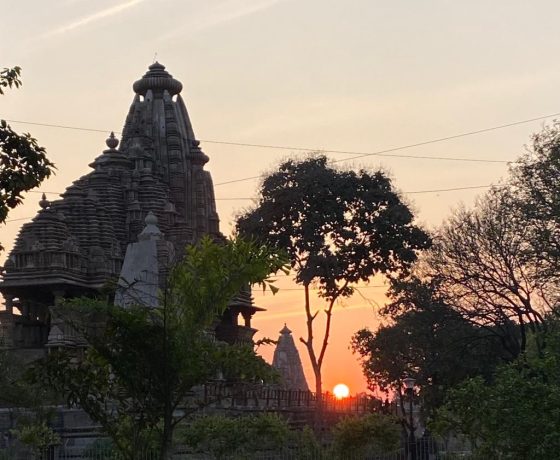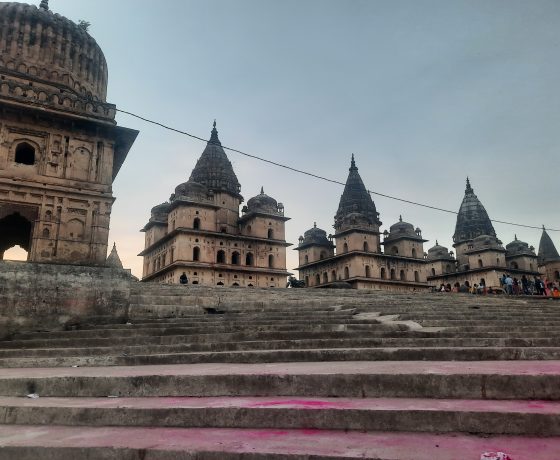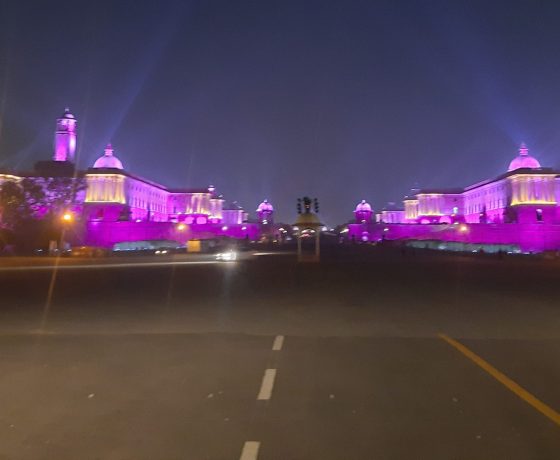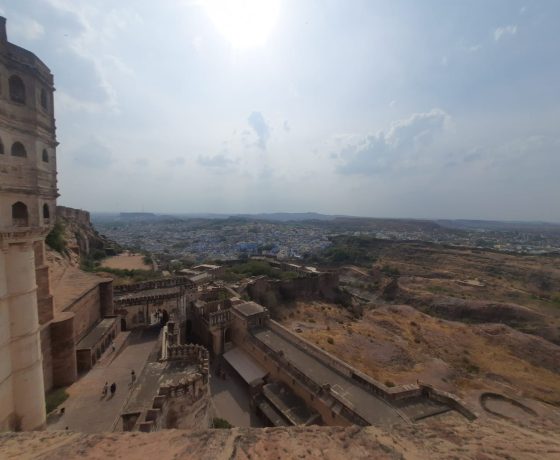North India Tour
North India Tour
Spiritual India, rich in holy places, traditions and rituals, offers much for those seeking knowledge and awareness. This tour consists three extraordinary towns such as Agra, Mathura and Vrindavan. All three places are located in very close proximity. Enjoy Agra by visiting Taj Mahal, a glimmering marble mausoleum built in 16th century by Mughal emperor Shah Jahan in the memory of his wife late Mumtaj Mahal, Fatepur Sikri and majestic Agra Fort. Mathura is a birth place of Shri Lord Krishna, regarded one of the seven holy cities of India and most sacred place for the Hindus. It is often called as Krishn Janm Bhoomi. There are numerous temples visited by large number of followers on Mathura Tour packages every day such as Dwarikadheesh Temple, Naam Yog Sadhna Temple. Vrindavan is just 11 km away from town of Mathura houses various Hindu temples. Lord Shri Krishna spent his youth in the town of Vrindavan that is why it is so popular. You can visit very famous Banke Bihari Temple, Rang ji temple and Iskon temple in Vrindavan tours.
Tour Program
Delhi offers a harmonious blend of architecture and history. From remnants of the Mughal empire and British Raj to contemporary India, you can experience it all in the capital. The city is sure to charm you with its eclectic mix of the old and new – from magnificent monuments to bustling Old Delhi markets and stunning high rises.
Jama Masjid is a mosque in Old Delhi, constructed in 1650–56 by the Mughal emperor Shah Jahān, a noted patron of Islamic architecture whose most famous work is the Taj Mahal, in Agra.
This vibrant market came to existence when the fifth Mughal Emperor, Shah Jahan, shifted his capital from Agra to Shahjahanabad, now Old Delhi, in the mid 17th century. While Chandni Chowk or the moonlit square no longer bears the magnificence of the bygone era, its importance in the annals of Delhi will never be lost.
The food walk in Old Delhi is a great experience to and the best way to see and taste Old Delhi. The dishes one can savor in Old Delhi Food Walk are large, thick and juicy jalebis, glistening with ghee; Aloo chaat crisp fried potato cutlets dunked in a melange of chutneys and smattered with onions and spices ; varieties of stuffed paranthas potato, onion, cottage cheese, cauliflower, radish, dry fruits and many more….
Humanyun’s Tomb was built in 1565 A.D. nine years after the death of Humayun, by his senior widow Bega Begam. Inside the walled enclosure the most notable features are the garden squares (chaharbagh) with pathways water channels, centrally located well proportional mausoleum topped by double dome.
Qutab Minar is a soaring, 73 m-high tower of victory, built in 1193 by Qutab-ud-din Aibak immediately after the defeat of Delhi’s last Hindu kingdom. The tower has five distinct storeys, each marked by a projecting balcony.
Mathura & Vrindavan are ancient cities with golden past and are amongst the most visited religious destinations in the country. Dotted with myriad big and small temples in every nook and corner, these twin cities are major crowd-pullers and attract number of history buffs, holidaymakers and pilgrims. From exploring ancient temples and offering prayers there and admiring some old architecture.
A visit to the Dwarkadhish Temple of Mathura is unforgettable on many counts. The temple worships the idols of Dwarkadhish (Krishna), the king of Dwarka, along with Radha. The Dwarkadheesh Temple in Mathura is considered to be one of most visited temples in the city. The architecture of the temple is very interesting with beautiful carvings and paintings.
After breakfast drive to Agra, en – route stop for visiting Sikandra. A drive of about 2 hours, arrive and check – in at the hotel. In the afternoon proceed to visit the Agra Fort, Itmad –ud-Daulah and Moonlight Garden. Overnight at the hotel.
Sikandra is a grandiose complex famous for being the home of the tomb of Akbar the Great, the greatest Mughal leader. This glorious monument showcases a harmonious fusion of Buddhist, Christian, Hindu, Islamic and Jain art and architecture. Marvel at a collection of lavish red sandstone and marble gateways, chambers and minarets. Enjoy a moment of peace and serenity while wandering along the pathways of a tree-shaded garden. Emperor Akbar started work on Sikandra and his own mausoleum in the early 1600s and it was completed by his son, Jehangir. Akbar’s dream was to create a blend of religious themes befitting of his well-known tolerance of spiritual beliefs. The complex takes its name from Sikandra Lodi, the former Sultan of Delhi who established the district in which it stands.
Known to exist since prehistoric times, Agra came into full flower during the 16th and 17th centuries as one of the four capitals of Mughal dynasty. It was in Agra that the artistic excellence of the Mughals reached its zenith at a time that coincided with the political high water mark of their vast and expanding empire.
Agra Fort was begun by Akbar between 1565 and 1573. It is situated on the west bank of the Yamuna River, about 2km upstream from the Taj Mahal. Akbar built the fort of sandstone; his grandson Shah Jahan, the builder of the Taj Mahal, constructed palaces of white marble within the fort itself.
Do you know that the Taj Mahal was not the first or only monument in marble in Agra? Baby Taj or Itimad-ud-Daulah is a tomb that was built by mother of Shah Jahan. It has a very delicate architectural beauty. The marble lattice structures in this monument are the highlight. You can find exotic Persian styled gardens around the tomb.
The Mehtab Bagh or the moonlight garden, was the last of the eleven Mughal-built gardens along the Yamuna river opposite to the Taj Mahal and the Agra Fort. Built during the period 1631- 1635 A.D., Mehtab Bagh literally means “a moonlit pleasure garden”.
After an early breakfast proceed to visit the Taj Mahal (closed on Fridays). After visits we check –out from the hotel and drive to Delhi International Airport to catch flight back home.
The Taj Mahal is an enormous mausoleum complex commissioned in 1632 by the Mughal emperor Shah Jahan to house the remains of his beloved wife. Constructed over a 20-year period on the southern bank of the Yamuna River in Agra, the famed complex is one of the most outstanding examples of Mughal architecture, which combined Indian, Persian and Islamic influences






